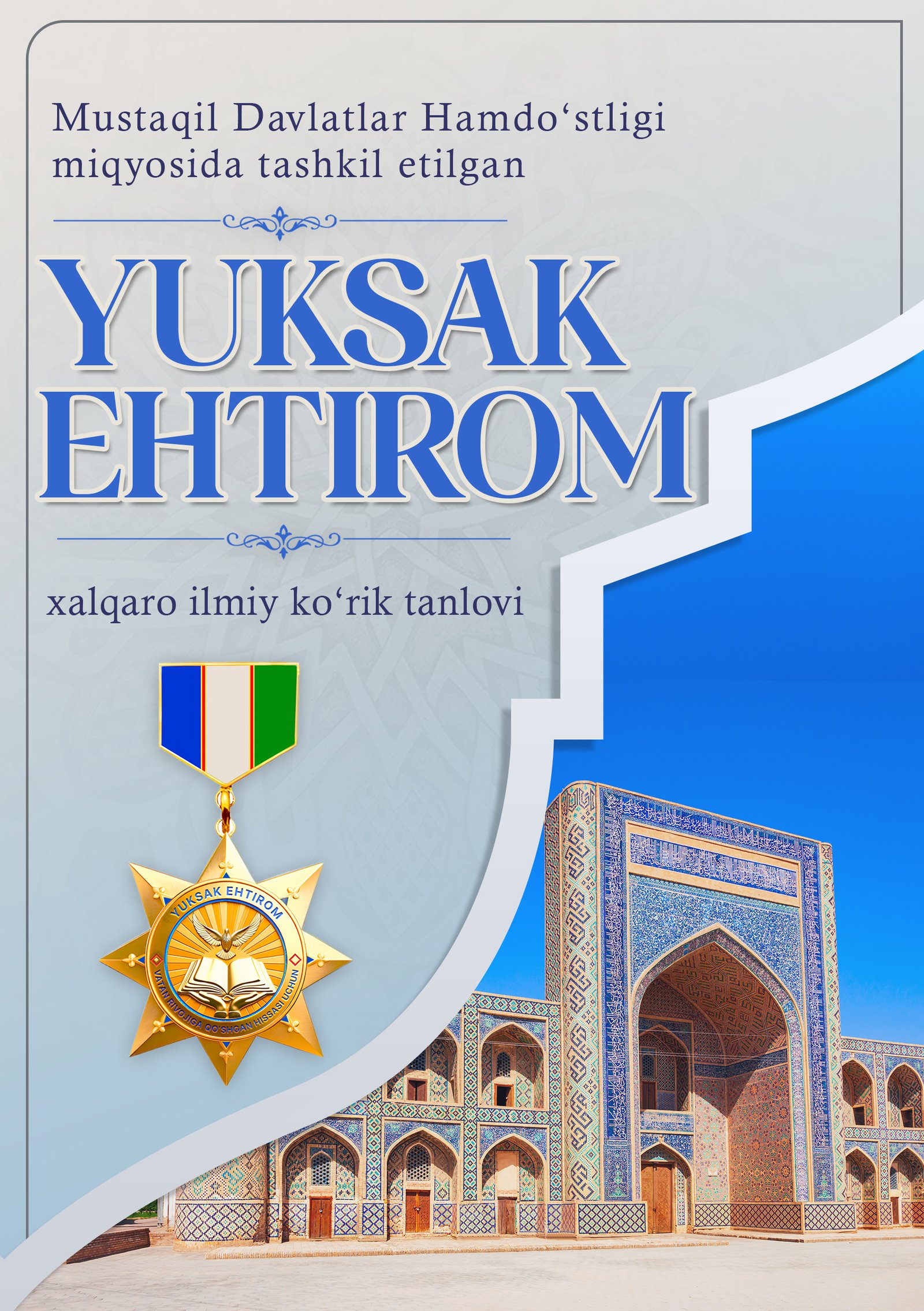THE IMPORTANCE OF MODERN TECHNOLOGIES IN ENGLISH LANGUAGE TEACHING METHODOLOGY
Keywords:
modern technologies, English language teaching, artificial intelligence, virtual reality, augmented reality.Abstract
Online platforms and multimedia resources facilitate self-directed learning, making English education more accessible and engaging. However, challenges such as the digital divide, over-reliance on technology, and the need for teacher training must be addressed to maximize the benefits of these tools. The study concludes that a balanced integration of modern technology and traditional teaching methods can create a more effective and inclusive learning environment.
References
1. Beatty, K. (2013). Teaching and Researching Computer-Assisted Language Learning (2nd ed.). Routledge.
2. Chapelle, C. A. (2001). Computer Applications in Second Language Acquisition: Foundations for Teaching, Testing, and Research. Cambridge University Press.
3. Hubbard, P. (2009). Computer-Assisted Language Learning: Critical Concepts in Linguistics. Routledge.
4. Godwin-Jones, R. (2018). "Second Language Vocabulary Learning: A Virtual Reality Perspective." Language Learning & Technology, 22(3), 1-15.
5. Levy, M. (1997). Computer-Assisted Language Learning: Context and Conceptualization. Oxford University Press.
6. Stockwell, G. (2012). Computer-Assisted Language Learning: Diversity in Research and Practice. Cambridge University Press.
7. Bax, S. (2003). "CALL – Past, Present and Future." System, 31(1), 13-28.

